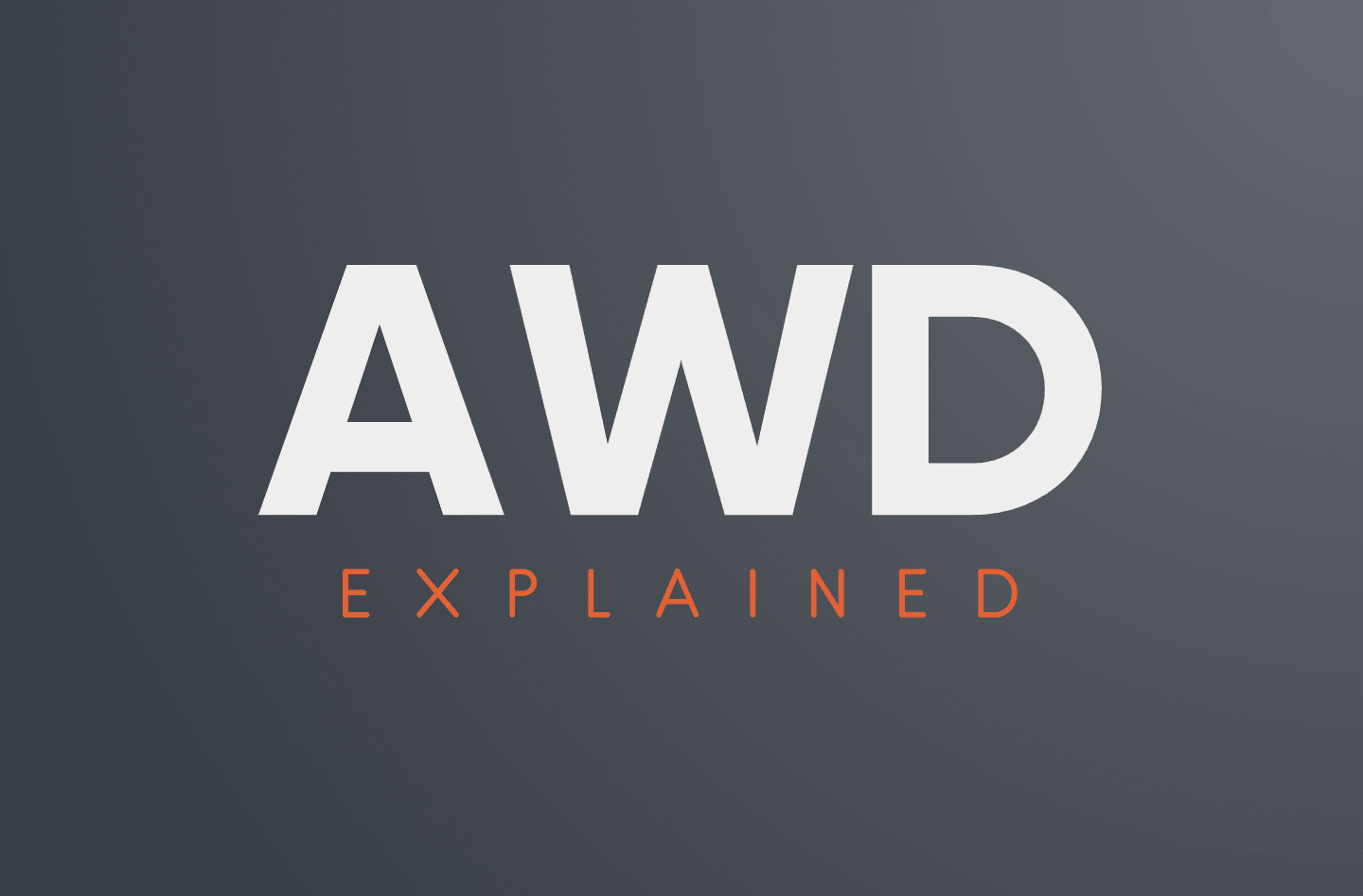Amazon Warehouse & Distribution (AWD) Explained
Jun 3, 2024

Amazon Warehousing & Distribution (AWD) is the latest innovation from the Seattle-based giant, aimed at revolutionizing retail infrastructure. This new service is a significant step towards Amazon's ambitious goal of offering Supply Chain-as-a-Service. As Amazon explains it:
With Supply Chain by Amazon, we pick up inventory from your manufacturing facilities, ship it across borders, handle customs clearance and ground transportation, store inventory in bulk, manage replenishment across Amazon and other sales channels, and deliver directly to customers.
What is AWD?
AWD is the latest addition to Amazon's extensive logistics services, aimed at providing eCommerce sellers with a robust third-party logistics (3PL) solution. This new program enhances Amazon's capabilities by offering long-term storage for upstream inventory, enabling seamless movement of products to Amazon’s Fulfillment Centers (FCs).
Amazon Warehouse & Distribution (AWD) benefits include pay-as-you-go storage for bulk inventories, access to the Amazon Fulfillment Network (AFN), and an auto-replenishment feature that ensures products are consistently stocked, minimizing the risk of stockouts.
How does AWD work and who is eligible?
AWD operates by storing your inventory in Amazon's Distribution Centers, from where products are automatically moved to Fulfillment Centers based on demand. This setup ensures that inventory is managed efficiently, reducing the need for manual intervention and minimizing the risk of stock shortages.
Eligibility Criteria: Not all products are eligible for AWD. Here are the main restrictions:
Products with an expiration date are not allowed.
Dangerous goods: High hazmat goods levels 3, 5, and 6, and any hazardous material prohibited by FBA are excluded.
Excluded categories: Jewelry, shoes, watches, high-value products, Amazon devices, gift cards, and groceries are not eligible for AWD.
Size restrictions: Cartons cannot be larger than 25 inches long x 25 inches wide x 36 inches high and cannot weigh more than 50 pounds. Individual SKUs inside the carton should be no more than 18 inches long x 14 inches wide x 8 inches high and should weigh less than 20 pounds.
How much does AWD cost?
The cost of AWD is based on a pay-as-you-go model, allowing you to pay only for the storage space and services you use. This includes fees for storage duration, transportation, and handling. Here are the latest costs for sellers using 3rd party transportation (sellers using AGL enjoy a ~15% discount):
Storage: $0.48 per cubic foot per month
Processing: $2.50 per box
Transportation to FBA: $1.00 per cubic foot
Transportation to other distribution channels: $1.65 per cubic foot
What are the benefits of using AWD?
Integrating AWD into your logistics strategy offers several key advantages:
Bypass FBA Storage Limits: Avoid the restrictions and fees associated with Fulfillment by Amazon (FBA) storage limits by storing bulk inventory in AWD.
Avoid Stock-Outs: Ensure continuous product availability with AWD's auto-replenishment feature, which keeps your inventory levels optimal.
Reduce Operating Costs: Leverage Amazon’s cost-effective storage solutions to lower your overall logistics expenses.
Avoid Amazon’s Inbound Placement Service Fee: Sellers using AWD are not subject to the newly introduced FBA Inbound Placement Service Fee.
Streamline Inventory Management: Simplify your supply chain by using AWD to manage all aspects of inventory storage and distribution.
Consolidate Inventory Across Sales Channels: Use AWD to efficiently distribute your products to various channels, including Amazon, other eCommerce platforms, wholesalers, and physical stores.
What are the cons of using AWD?
While Amazon's Warehouse and Distribution (AWD) program offers numerous benefits, it’s not without its drawbacks. Here are some potential cons to keep in mind if you’re considering using AWD for your inventory management:
Slow Check-In Times: Several users have reported that their products often take weeks to be checked into Amazon’s system after arriving at AWD. This delay can be particularly frustrating during peak seasons when timely inventory updates are crucial.
Inadequate Replenishment Algorithm: Amazon’s automatic replenishment system might not be the best fit for products with seasonal or spiky sales patterns. The algorithm may not adequately account for these fluctuations, leading to potential stockouts or overstock situations. It’s advisable to set manual replenishment requests ahead of peak periods.
Customer Support Challenges: Many sellers have expressed dissatisfaction with Amazon’s customer support for AWD. Issues range from receiving generic bot responses to experiencing long wait times for resolution. This can be particularly concerning if you encounter problems with shipment or lost inventory.
Dependence on Amazon: Using AWD means placing significant reliance on Amazon’s policies and systems. Any changes in their policies or technical issues could disrupt your business operations, leaving you with limited control and options.
Limited Control Over Inventory: Once your products are in Amazon’s warehouses, you lose a degree of control over how they are stored and managed. Decisions regarding storage and distribution are made by Amazon, which might not always align with your business preferences.
While AWD offers convenience and potential cost savings, these cons highlight the importance of carefully considering whether it’s the right choice for your business. Make sure to weigh these factors against the benefits to make an informed decision.
Conclusion
Deciding whether to use Amazon's Warehouse and Distribution (AWD) program comes down to balancing its conveniences against its drawbacks. AWD can save you on storage costs and help keep your inventory stocked, but it also comes with potential delays and less control over your products. Think about your business needs and weigh these pros and cons carefully. Whatever you choose, make sure it aligns with your goals and helps you grow your Amazon business efficiently.
Other popular articles
Growth
Amazon's New Deal and Coupon Fees: What You Need to Know
Profits
2025 U.S. Reciprocal Trump Tariffs: How New Trade Policies Are Disrupting E-Commerce and Retail
Profits
Amazon's New Reimbursement Policy: What Changes and How To Navigate it
Supply Chain



